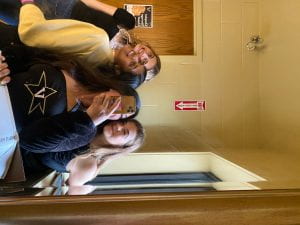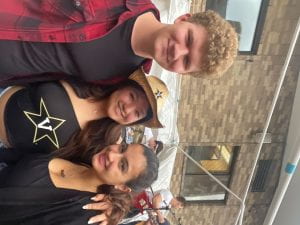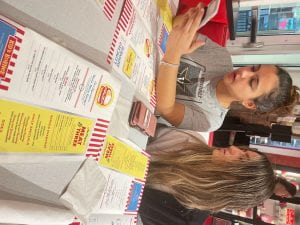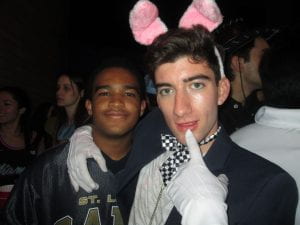For my activist game, I want to explore the life of another person.
The activist game starts with a person documenting their day; they capture themselves with pictures and videos. They share the information online to a maximum of 10 people and pose the question: how am I feeling at each given moment? Each participant has to provide responses of what they think the pictures and videos convey. Each participant is now eligible to participate in the game by posting pictures and videos themselves creating a chain reaction. A day in the life starts with a person that shares their most revealing and vulnerable experiences that allows everyone to learn and grow from each other. One of my inspirations for this game comes from talk show host Carson Daley who shared a picture of himself during a live television show when he was experiencing a panic attack while everyone thought he was having the time of his life.
My game illustrates the artwork of Linda Montano and Tehching Hsieh who tied a rope around each other and did every move together. This artwork was particularly inspiring to me because of how they stayed connected for over a year. They say, “They take out the dog, they run, they have tea, watch a lot of TV, spend hours at the work tables sitting back to back. For pleasure, they watched movies and rode their bikes around, one following behind the other (4).” Through thick and thin, this connectedness was therapeutic, but at the same time caused a rift between the participants. I’m not insinuating that there has to be a conflict between the posts, I just want it to be open to all emotions and themes. Linda and Tehching togetherness still created a bond with each other by sharing their lives. I want my game to capture this same meaning and experience.
Another example is Burden’s “ Five Day Locker” piece where he curled up in a two-by-two-by-three-foot locker which he endured for five consecutive days. The text, On Edge, quotes, “… to his surprise, people he didn’t even know came unbidden to sit in front of the locker, to tell him their problems and the stories of their lives. … Certainly, those who came were projecting something onto him. And Burden’s been extremely conscious of audience behavior ever since (Carr 18).” Burden’s artwork shows that everyone has a story to tell even though the person may not look like they do. I want to invoke the same emotion by making the viewers question and critique others’ lives and how it relates to themselves.





